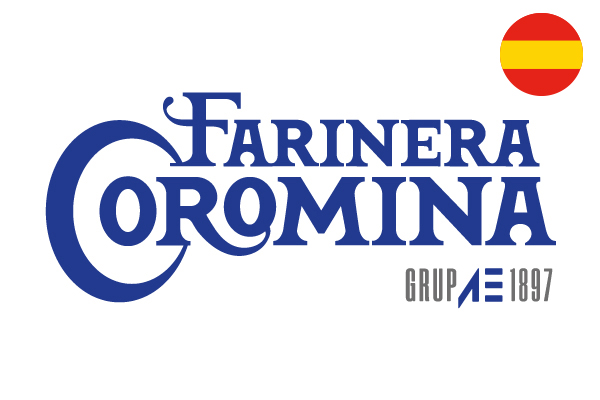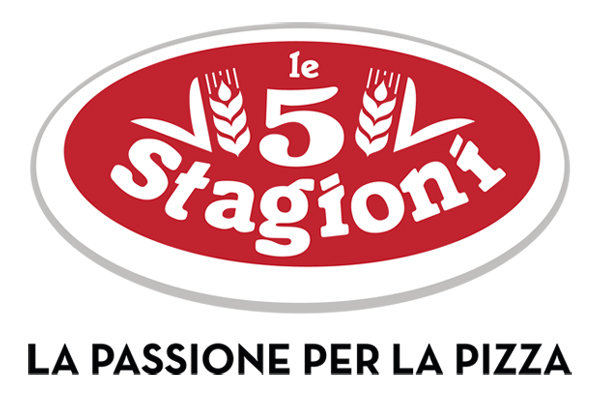
There is something quintessentially Italian about two men arguing the point over a piece of dough.
Each prods a "belly button" in the ball - repeatedly - to watch the dimple recover. The readiness of the dough for the next stage of pizza-making hangs on the dimple's recovery. The bounce-back factor.
"Is ready."
"Is not."
"Is."
"Not."
And so on.
We're at a workshop at Melbourne's 400 Gradi, one of only two restaurants in Australia (the other is Pizza Mario in Sydney´s Surry Hills) recognised by the Associazione Verace Pizza Napoletana, the society for real Neapolitan pizza. It's an illuminating few hours, and one that reinforces that old truism about the simplest things being the most difficult to master.
Out front are Massimo Di Porzio, vice president of the Associazione; Paolo Surace, a third generation pizza-maker from Naples' Mattozzi pizzeria; and 400 Gradi's Johnny Di Francesco. In the room, 30 pizza heads: some from restaurants, most just enthusiastic amateurs, with a fair smattering of Italian Australians. So the "lecture" is conducted in a rather enjoyable mix of English, Italian and Italianish. Very Brunswick.
In his hand, Di Porzio holds a 90-page training manual, which covers everything from suitable flour types to stretching techniques to the way San Marzano tomatoes are to be hand-blended ("no puree") to make the all-important passata: it is the bible you need to digest if you want membership of his Associazione.
And you thought pizza was just flour, water, yeast and salt. "Yes - flour, water, yeast, salt and love" says Di Porzio in that delightfully rhythmic way of an Italian speaking English.
Naples is of course the birthplace of pizza. But Neapolitan pizza, says Di Porzio, is neither better nor worse than others. It is simply "real pizza", and has its own characteristics. These, as far as I can tell, result from the following: a strict recipe, including fresh yeast; mixing and kneading by hand only; a slow fermentation/rising of the dough; a particular method of hand-stretching which leaves a thicker rim to the pizza; and cooking in a wood-fired oven.
The result is pizza that is both pliable yet curiously crisp of base. It is very light. And because the fermentation process has been slow, and scientific stuff with sugars and enzymes has happened, it's very readily digested, leaving you in tip-top condition for a day of organised crime, public garbage disposal or other traditional Neapolitan pastimes.
Works for me.
Lotta love in the room
John Lethlean From: The Australian July 16, 2011
http://www.theaustralian.com.au/news/executive-lifestyle/lotta-love-in-the-room/story-fn86jbrr-1226093272092
Each prods a "belly button" in the ball - repeatedly - to watch the dimple recover. The readiness of the dough for the next stage of pizza-making hangs on the dimple's recovery. The bounce-back factor.
"Is ready."
"Is not."
"Is."
"Not."
And so on.
We're at a workshop at Melbourne's 400 Gradi, one of only two restaurants in Australia (the other is Pizza Mario in Sydney´s Surry Hills) recognised by the Associazione Verace Pizza Napoletana, the society for real Neapolitan pizza. It's an illuminating few hours, and one that reinforces that old truism about the simplest things being the most difficult to master.
Out front are Massimo Di Porzio, vice president of the Associazione; Paolo Surace, a third generation pizza-maker from Naples' Mattozzi pizzeria; and 400 Gradi's Johnny Di Francesco. In the room, 30 pizza heads: some from restaurants, most just enthusiastic amateurs, with a fair smattering of Italian Australians. So the "lecture" is conducted in a rather enjoyable mix of English, Italian and Italianish. Very Brunswick.
In his hand, Di Porzio holds a 90-page training manual, which covers everything from suitable flour types to stretching techniques to the way San Marzano tomatoes are to be hand-blended ("no puree") to make the all-important passata: it is the bible you need to digest if you want membership of his Associazione.
And you thought pizza was just flour, water, yeast and salt. "Yes - flour, water, yeast, salt and love" says Di Porzio in that delightfully rhythmic way of an Italian speaking English.
Naples is of course the birthplace of pizza. But Neapolitan pizza, says Di Porzio, is neither better nor worse than others. It is simply "real pizza", and has its own characteristics. These, as far as I can tell, result from the following: a strict recipe, including fresh yeast; mixing and kneading by hand only; a slow fermentation/rising of the dough; a particular method of hand-stretching which leaves a thicker rim to the pizza; and cooking in a wood-fired oven.
The result is pizza that is both pliable yet curiously crisp of base. It is very light. And because the fermentation process has been slow, and scientific stuff with sugars and enzymes has happened, it's very readily digested, leaving you in tip-top condition for a day of organised crime, public garbage disposal or other traditional Neapolitan pastimes.
Works for me.
Lotta love in the room
John Lethlean From: The Australian July 16, 2011
http://www.theaustralian.com.au/news/executive-lifestyle/lotta-love-in-the-room/story-fn86jbrr-1226093272092
Sunday 17 July 2011























































































